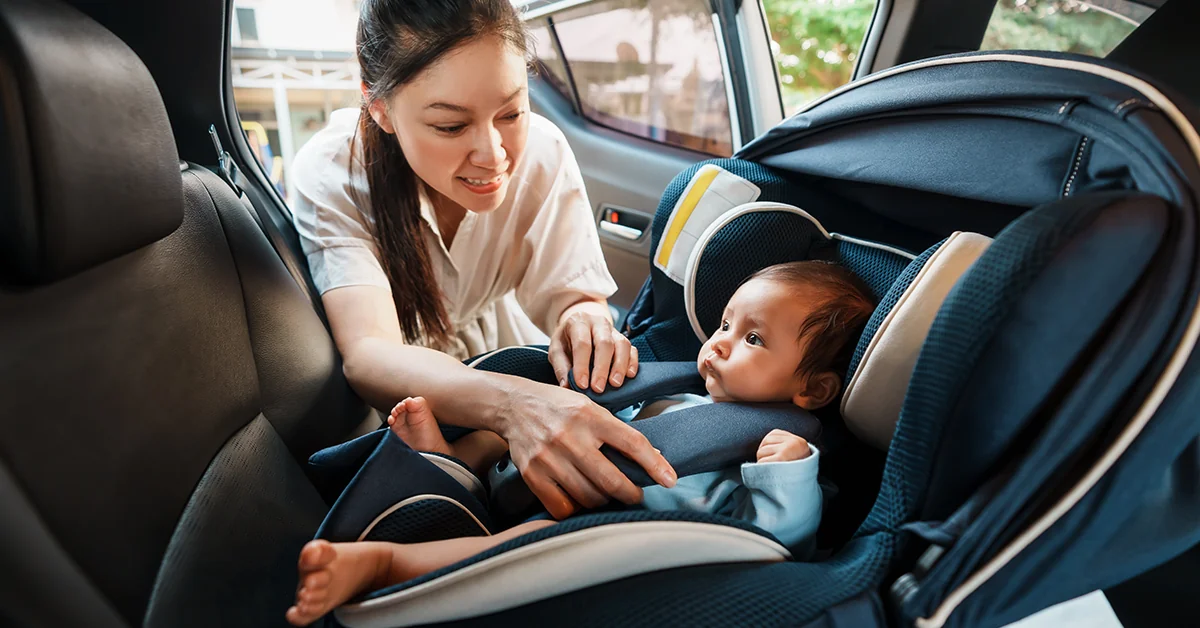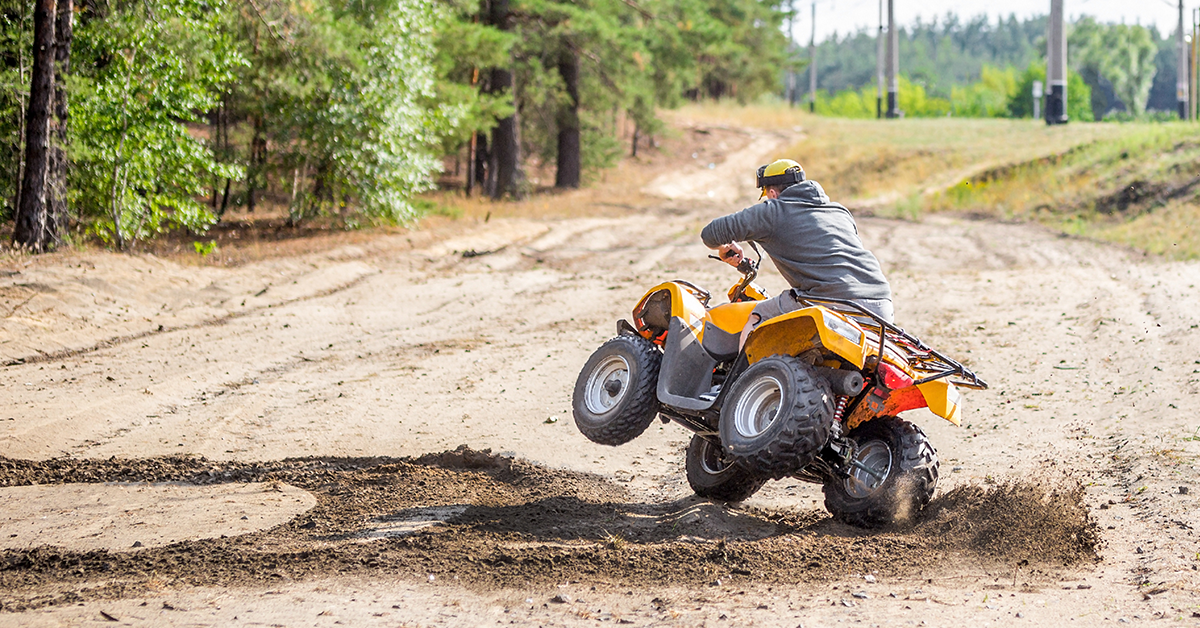The last thing any parent wants to think about is the possibility of their child getting hurt in an avoidable incident. Unfortunately, this sometimes happens. Even if a parent is responsible and monitors their child, there are various ways a young person could sustain injury through no fault of their own or their parents.
Watch The Video
For example, various types of products have been shown to have a somewhat high risk of causing traumatic brain injury in children. Examples of such products include:
Home Furnishings and Chemicals
Various home surfaces and furnishings, including floors, beds, ceilings, stairs, tables, and walls, have historically played relatively significant roles in rates of traumatic brain injury among young people.
It may be easy to understand why. Children like to play in the home. Naturally, this can involve the risk of a child bumping their head against a home surface or fixture. However, historically, a number of defective products have made their way into the streams of commerce, injuring or killing unsuspecting children. These include: poisonous liquids and powders containing chemicals, with inadequate warnings or unsafe packaging; and appliances or furniture presenting an unreasonable tip-over risk.
Such incidents don’t necessarily have to result in traumatic brain injuries. However, they may be more likely to if a material is particularly hard.
In addition, some qualities of flooring or other home surfaces may further contribute to a child’s risk of sustaining a traumatic brain injury. For example, maybe the flooring in a given environment is uneven or loose. This can increase the odds of a child slipping, falling, and getting hurt as a result.
Sports Equipment
Various types of sports equipment are the products most often found to cause traumatic brain injuries in children. Footballs and basketballs have often been linked to traumatic brain injuries. On top of that, if protective gear doesn’t serve its intended purpose, it may leave a child vulnerable to harm.
Other types of sports equipment that may increase a kid’s chances of sustaining a traumatic brain injury include bicycles, skateboards, and similar recreational equipment. Parents should ensure their children always wear helmets and other protective gear when riding their bikes, skateboarding, etc.
They should also inspect such equipment for any signs of damage or defects (such as loose parts) that could lead to harm. Although manufacturers and designers should monitor for these defects and address them properly, they sometimes fail to do so.
The research upon which this blog is based found that car seats represent the fifth leading cause of traumatic head or brain injuries in infants.
A Note on Car Seats
The research upon which this blog is based found that car seats represent the fifth leading cause of traumatic head or brain injuries in infants. This may surprise some readers, who assume that car seats are effective at protecting their children.
They are. According to the researchers, there is no current reason to believe car seats in general (as long as they meet certain safety standards) can’t function properly when installed and used correctly. The problem is, it’s not uncommon for parents to also use car seats as baby carriers outside of their vehicles. Using a car seat in this manner can put a child at risk.
Seeking Compensation When a Product Causes Injury
It’s always critical to use a product as intended. Failure to do so can increase anyone’s chances of getting hurt. In addition, depending on various circumstances, you may be able to file a claim or lawsuit seeking financial compensation if a dangerous product harms you or your child. However, if it’s discovered that you were using a product incorrectly when it caused harm, you may not be eligible to receive any compensation.
It’s also essential to understand that the liable party can vary depending on the specific way your child was hurt. For example, if they sustained a traumatic brain injury while using a defective toy, the manufacturer or designer of the toy may be liable. You could file a claim with the insurance of the manufacturer or designer accordingly.
On the other hand, maybe your child was hurt when they fell on a broken, loose, or uneven piece of flooring. The designer or manufacturer may be liable in these circumstances if evidence shows the flooring was broken, loose, or uneven due to a design or manufacturing flaw. That said, the owner of the property where your child was hurt might be more likely to be the liable party. Under premises liability laws, they have a duty to monitor for hazards (like loose flooring) on the property. Perhaps your child was hurt because they failed to address such a hazard in a timely manner.
Reviewing your case with a legal professional can help you better understand your options after a product causes your child to sustain a traumatic brain injury. At Swartz & Swartz, P.C., a Boston personal injury lawyer will explain how you may seek compensation on your child’s behalf. Learn more by contacting us online today or calling us at (617) 742-1900 for a free consultation.
Need Help?
If you or someone you know, needs help from a lawyer, contact the law offices of Swartz & Swartz, use our live chat, or send us a message using the form below and we’ll get in touch to assess your case and how we can help.
Keep Reading
Want more? Here are some other blog posts you might be interested in.




